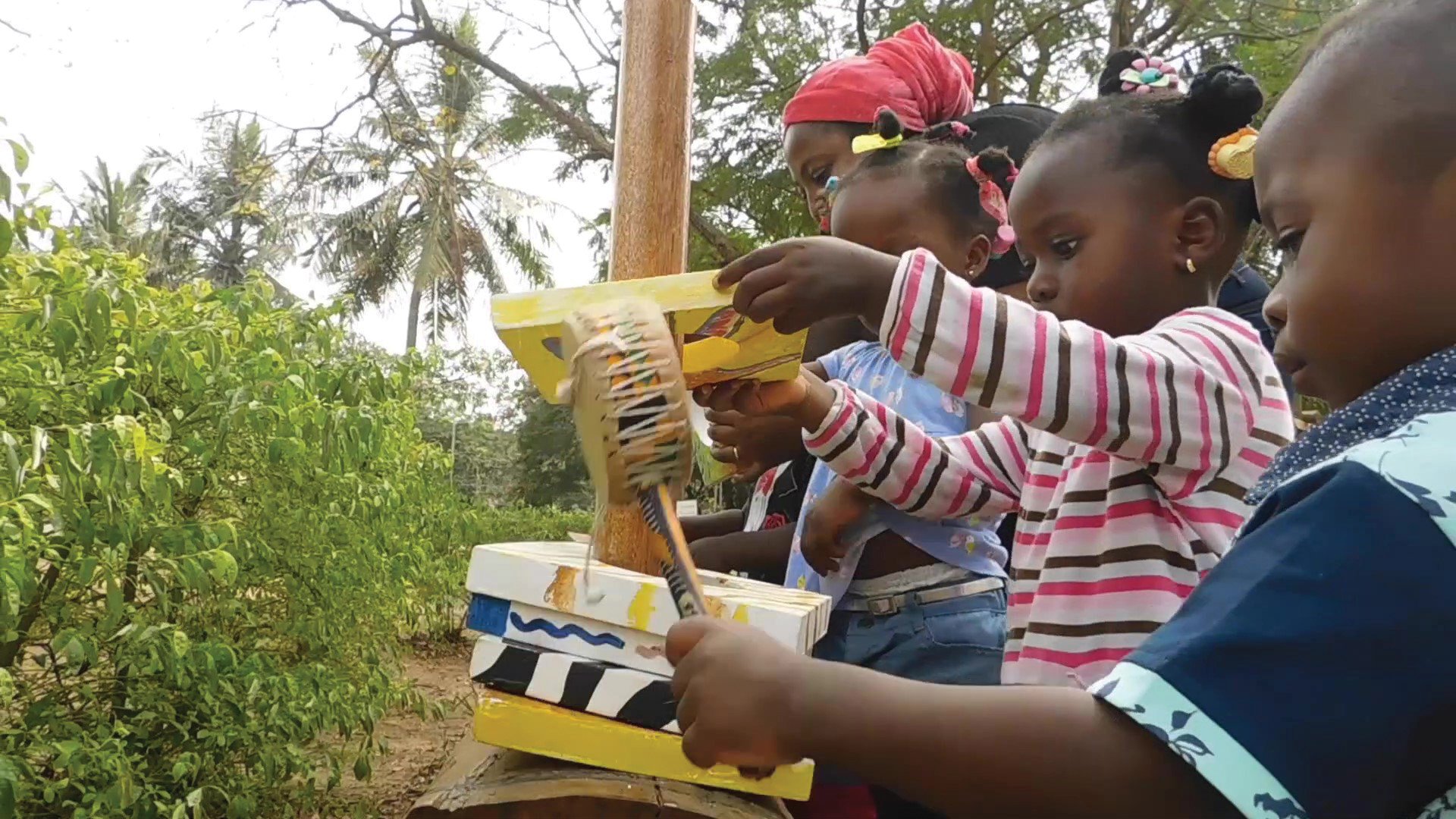
Mmofra Foundation incorporated play in unconventional spaces of the city such as the bustling marketplace through their Playable Markets initiative. To beautify a city and make it smart, urban developers often give less attention to human needs, prioritizing roads and buildings. Many cities are technologically smart but not human smart, especially for a large proportion of the population who is under 18.
According to urban planner, Timothy Duin, “By 2030, the majority of the worldʼs urban population will be children. By considering childrenʼs perspectives when planning urban areas, we can design cities that meet our needs now and into the future. We need to design spaces for all ages, abilities and backgrounds to enjoy together.”
Children represent our future. As the urban populations are growing there is an increase in the number of children growing up in an urban setting; it is time to center them when planning.
Most of the public spaces are designed by adults excluding children. Limiting them to only the playground will restrict their creativity and curiosity.
Play is fundamental to children’s development and shapes their capacity for learning and social growth, particularly in the early years. Free and unstructured play in the outdoors boosts problem-solving skills, focus and self-discipline. Socially, it improves cooperation, flexibility, and self-awareness. Emotional benefits include reduced aggression and increased happiness. A study published by the American Medical Association in 2005 concluded, “Children will be smarter, better able to get along with others, healthier and happier when they have regular opportunities for free and unstructured play in the out-of-doors.”
UNICEF Shaping urbanization for children handbook 2018


